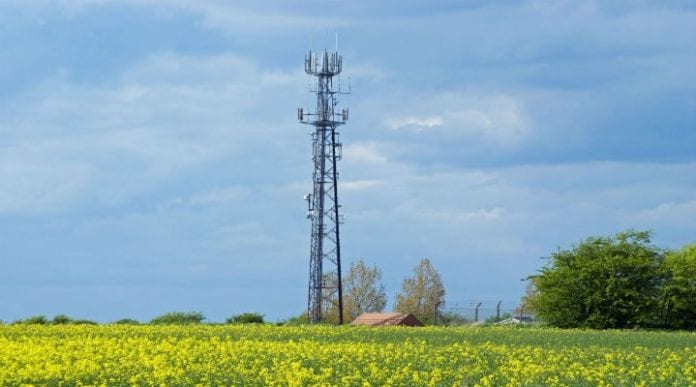Nokia test included end-to-end LTE call, use of 20-megahertz spectrum block, 256 QAM, and four-way uplink diversity and 4×4 MIMO antenna technology.
Nokia said it has completed prestandard testing of commercial hardware compatible with the 600 MHz spectrum band, which is set to be unleashed by the Federal Communications Commission.
The 600 MHz spectrum band support testing is said to have included an end-to-end LTE call using a test device; the use of a 20-megahertz frequency block; a four-way uplink receive diversity and 4×4 multiple-input/multiple-output antenna technology; and a 256 quadrature amplitude modulation signal scheme. The test is also said to have produced network speeds up to 387 megabits per second.
The technology was embedded on Nokia’s commercial LTE ENodeB platform, with the company expecting wireless carriers to use the 600 MHz spectrum band to “extend LTE footprints, augment capacity and improve data speeds.”
“We’ve been anticipating the end of the 600 MHz auction, and we haven’t waited,” said Ricky Corker, head of North America for Nokia, in a statement. “Nokia has been doing the necessary development, testing and software creation over the last several quarters. We are ready to work from day one with those customers who want to bring 600 MHz to market.”
The FCC’s year long 600 MHz incentive auction proceeding is currently in the assignment phase, which should be the final step of the process. The assignment phase has companies that won licenses covering the 428 partial economic areas bid again for where those 10-megahertz license blocks will fall within the up to 70 megahertz of spectrum in each PEA.
Bidding in the assignment phase will be on top of the $19.6 billion already accumulated in winning bids from the auction’s forward bidding process, which ended on Feb. 10. License winners are expected to be announced shortly after the conclusion of the assignment phase.
Once the assignment phase concludes, television broadcasters that have agreed to sell their spectrum as part of the auction’s reverse auction process will have 39 months in which to vacate those licenses so they can be used by top bidders in the forward auction process.
Some analysts have noted the timing on the availability of the spectrum licenses could align with “5G” technology deployment plans and provide those winning operators with a clean batch of low-band spectrum in which to provide broad 5G coverage. 5G deployments are also expected to focus on higher band spectrum licenses in the 3.5 GHz band as well as millimeter wave bands higher than the 15 GHz band. These bands are set to include broad swaths of spectrum support in order to meet the expected capacity needs of 5G services.
Bored? Why not follow me on Twitter.

